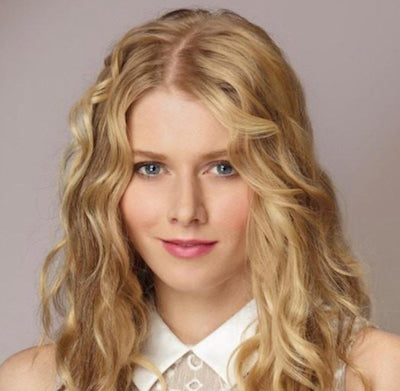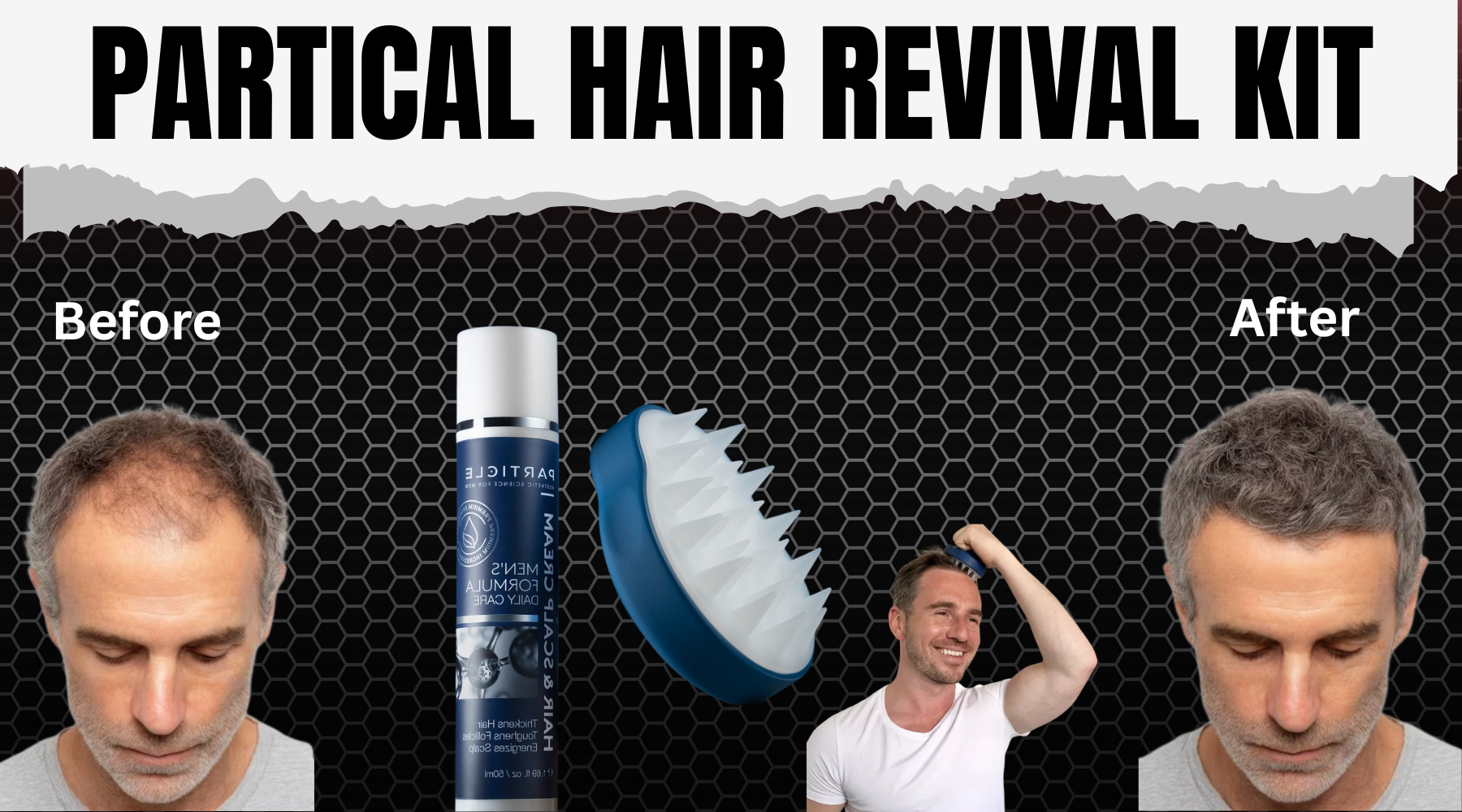Why Your Wig is ALWAYS Getting Tangled
We spend a lot of time talking about all the things we love about wearing wigs.
Wearing wigs reduces the amount of time we spend styling our hair and increases our enjoying lifetime. Wigs let us experiment with different looks as often as we want. And for those of us with thinning hair, wigs can help us feel confident again.
The benefits of wearing wigs are limitless.
But if we're honest, there are some negatives, too. And while some other wig companies might not want to bring it up, we think it’s finally time to air out our issues and address the #1 wig problem nobody wants to talk about...
The #1 wig problem nobody wants to talk about is how often wigs get TANGLED.
Human hair, synthetic, and heat-friendly synthetic wigs.
Full wigs, toppers, extensions, and headwear.
No wig style is immune from the style destroyer that is tangled wig hair.
So in the name of straight, well-styled, untangled hair, let’s talk about why your wig is tangling and what you can do to stop it from happening.
Why do wigs tangle more often than bio hair?
The reason your wig gets tangled so often might not be why you think.
Wigs don’t get tangled just because they’re wigs, like some people think.
The three reasons your wig could be tangling:
- You’re wearing the wrong type of wig cap
- You’re using human shampoo and conditioner
- You’re washing your wig too aggressively
You’re wearing the wrong type of wig cap
Cheap machine-made basic wig caps are not constructed as carefully as their hand-tied and monofilament cousins. Sometimes the wig hairs of machine-made wig caps are sewn into the cap in opposite directions.
When wig hairs are laid in opposite directions they “fight against each other” for space and tangle. This is a particularly bad problem because tangles at the root of the cap can be some of the hardest to untangle.
Why? Because it’s so difficult to de-tangle the hair without ripping the wig cap.
The same thing is true with less expensive extension sets. Anytime wig hairs aren’t carefully sewn into their base, all leading in the same direction, it creates friction.
If you usually wear a wig with a standard wig cap, consider upgrading to a 100% hand-tied wig cap and see if you notice a difference in how often your wig tangles.
You’re using human shampoo and conditioner
Another reason your wig might be tangling is because you’re using regular shampoo on a wig, rather than wig shampoo.
Our scalps produce natural oils that keep our hair moisturized. Those oils protect and moisturize our hair, so human hair shampoos and conditioners don’t need to be formulated with those oils.
Wigs, on the other hand, don’t naturally moisturize themselves. That’s why you need to use wig specific cleansing products that provide your wig with moisture. If you don’t, regardless of wig hair type, your wig will dry out.
And what happens to wig hair when it dries out?
Spoiler: it tangles.
You’re washing your wig too aggressively
If you’re a wig wearing, gone are the days of scrubbing and scrunching your hair while you wash it.
Wash your wig gently. Otherwise, you could rip the cap, rip out hairs, or pull hairs in opposite directions, causing - you guessed it - tangles.
Need a recap on how to wash your wig? Read our Wig Washing Guide.
How often should I wash my wig to keep it moisturized and soft?
We recommend washing your wig every 6 to 8 washes, regardless of wig hair type, to make sure your wig stays soft and untangled.
As your wig gets older and starts to break down, consider washing it even more often. The better moisturized your wig is, the less your wig will tangle.
Should I use special wig care products to keep my wig from tangling?
Sometimes, ultra-moisturizing wig shampoos and conditioners aren’t enough to dissuade tangles.
The best way to make sure your wig stays moisturized - and untangled - is to use a leave-in conditioning spray. A conditioning spray will guarantee that your hair stays soft and shiny for MONTHS, rather than drying out after one or two wears.
Especially if you wear extensions, which tend to get matted at the roots, it’s important to invest in a leave-in conditioner.
How often should I brush my wig to avoid tangles?
When you wear a wig, topper, or extensions, it’s not enough to brush your hair just once. Wigs have a way of getting tangled as they’re drying.
Brush your wig twice: right after you wash and condition it and after it dries.
Use a wig brush that won’t pull out your wig hairs or damage the cap. If you run into a tangle (trust us, you will) work out the bottom of the tangle near the ends of your hair first, slowly working your way up towards the roots. If you can, grip the wig hair above the tangle, so that you’re not pulling the cap.
If you wear extensions, hold them at the root while you’re brushing, so you don’t pull your scalp (ouch!).
Why does my wig always tangle at the back?
Longtime wig wearers will know that wig hair tends to get tangled and matted at the back of the neck.
While you can’t avoid wig tangling at the nape of your neck (heat and sweat make sure of that), you could be making it worse.
High collars, wool turtlenecks, and heavy fabrics can all encourage matting and tangling. Wear silky, linen, or light cotton fabrics are less likely to reduce tangling.
Should I air dry or blow-dry to stop wig tangles?
Don’t hate the messenger: but we’re here to tell you that your favorite hairdryer is probably tangling your hair.
When you blow-dry your wig hair, it can rearrange the pattern of the wig hairs, causing them to lay in different directions. And if you’ve read this far, you know wig hairs going in opposite directions is the #1 cause of tangles.
Air drying won’t agitate the wig hairs and therefore won’t tangle your wig.
Want to wig out some more? Then check out these posts:
- The Best Bangs for Your Face Shape
- How to Make a Wig Look Real: Our Top 8 Tips
- Wigs 101: Wig Cap Construction Types
Have a tip or trick for keeping your wig untangled that we didn’t mention? Let us know in the comments!








